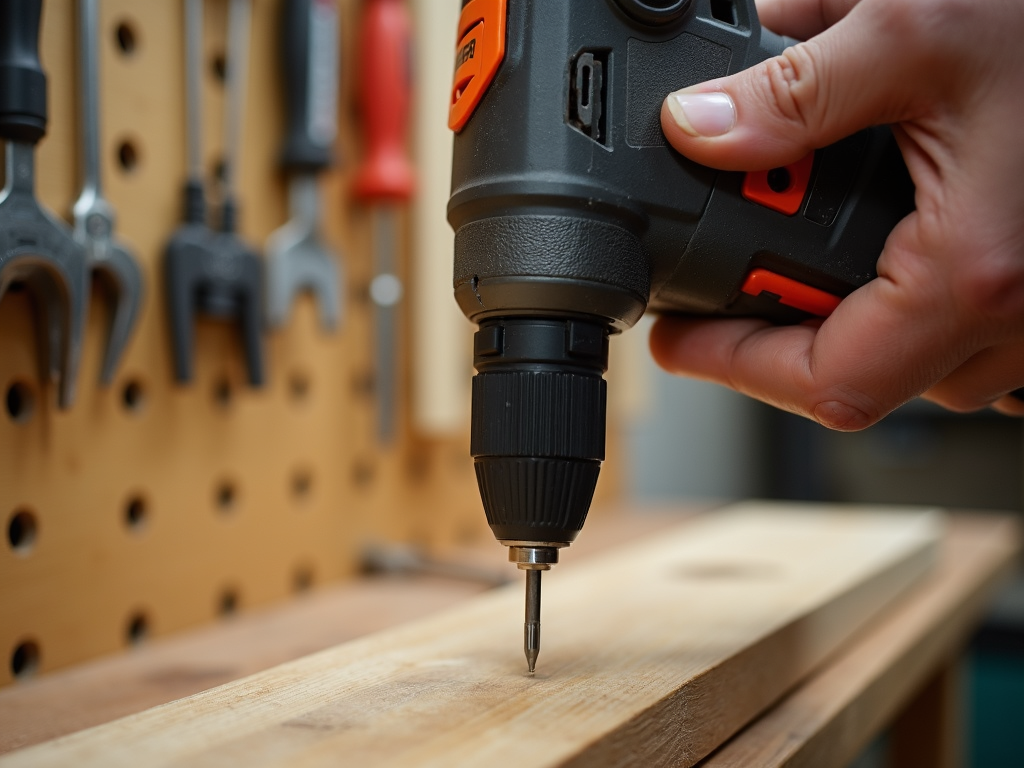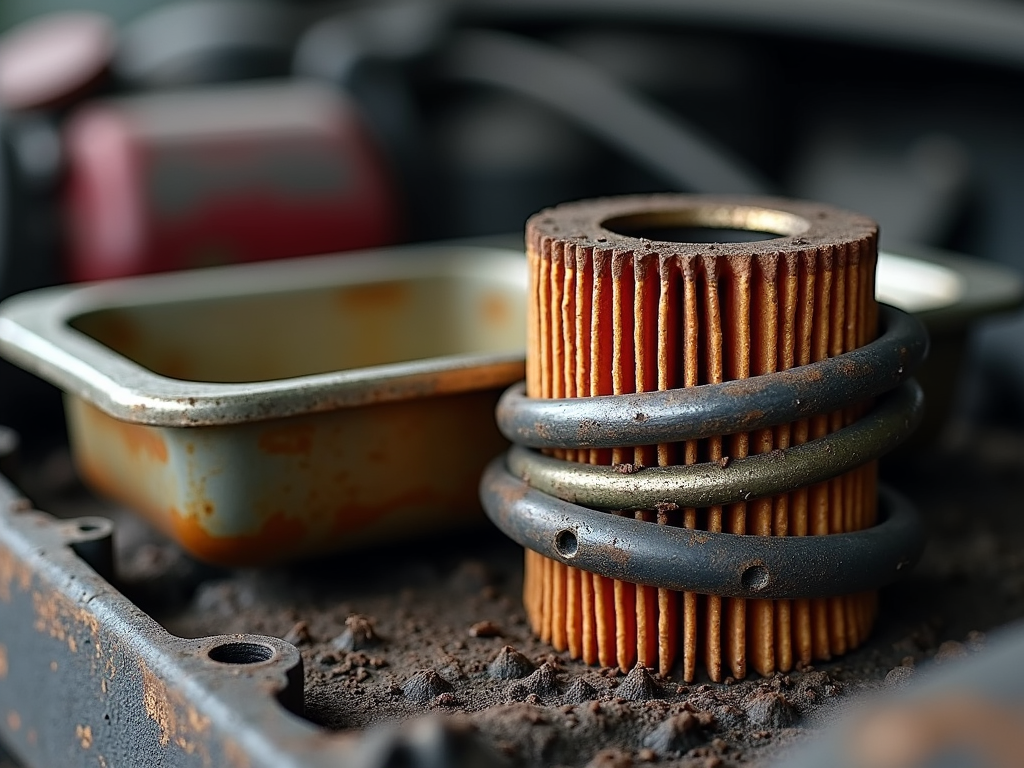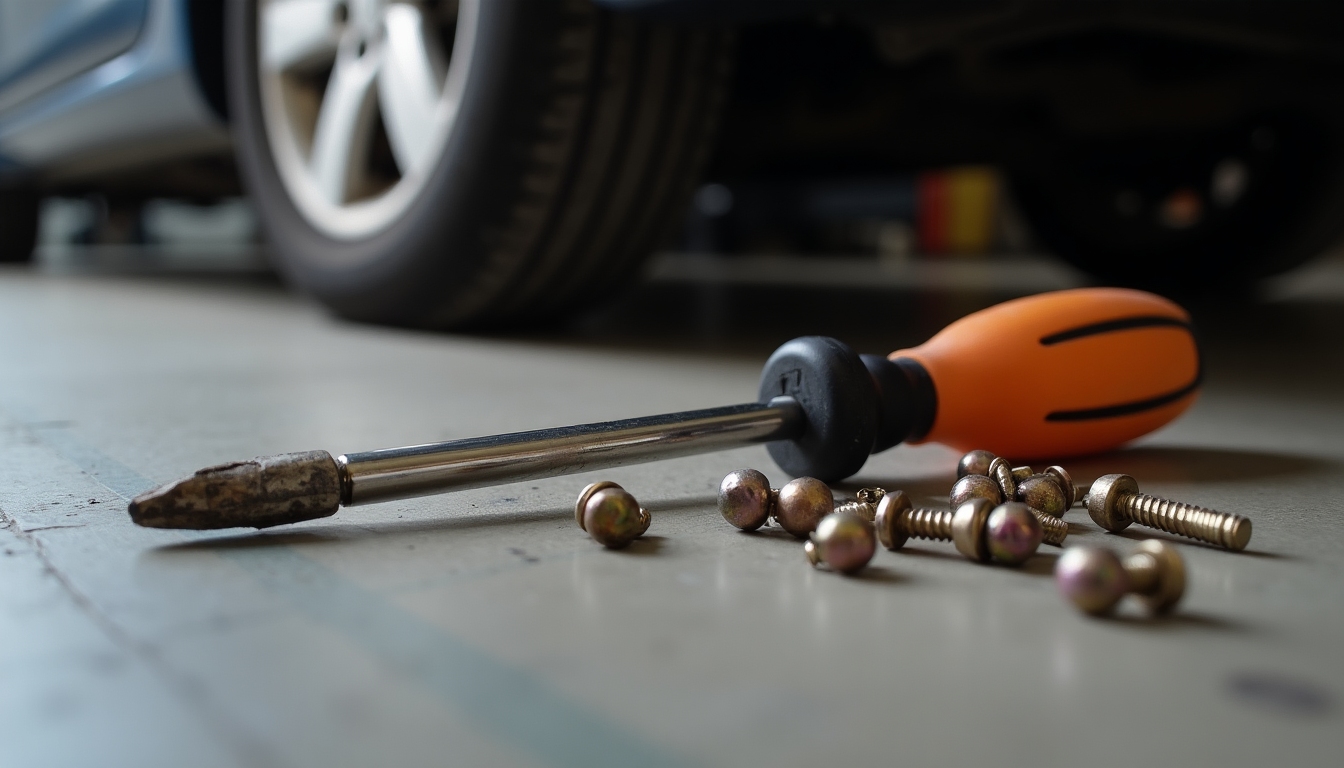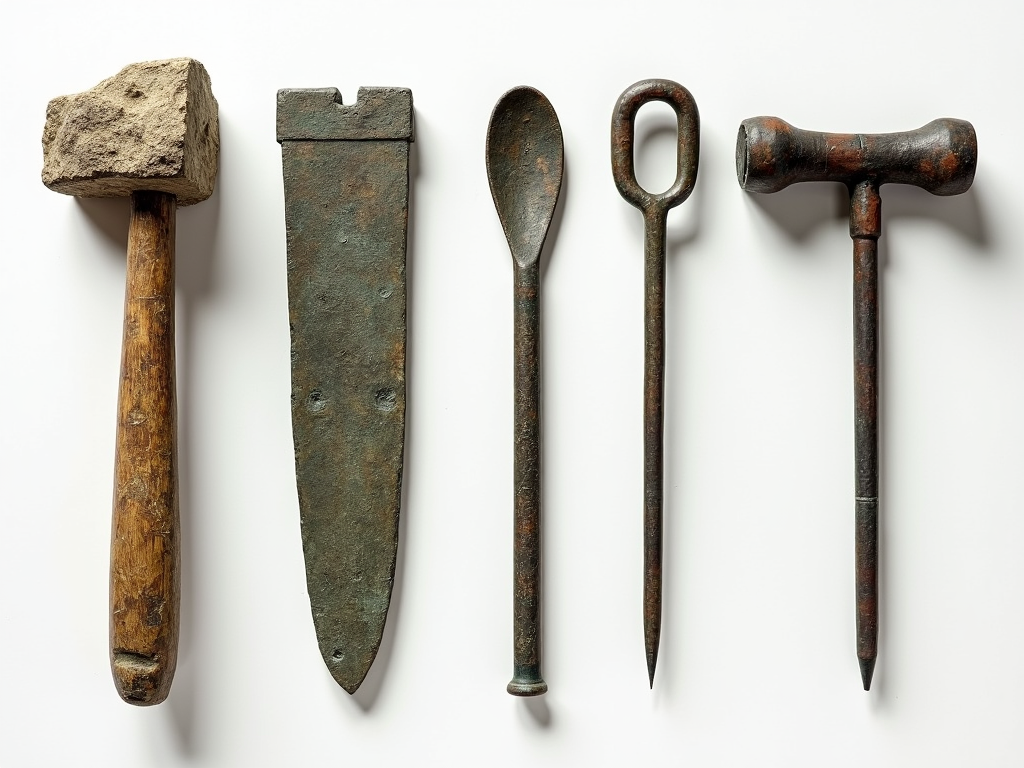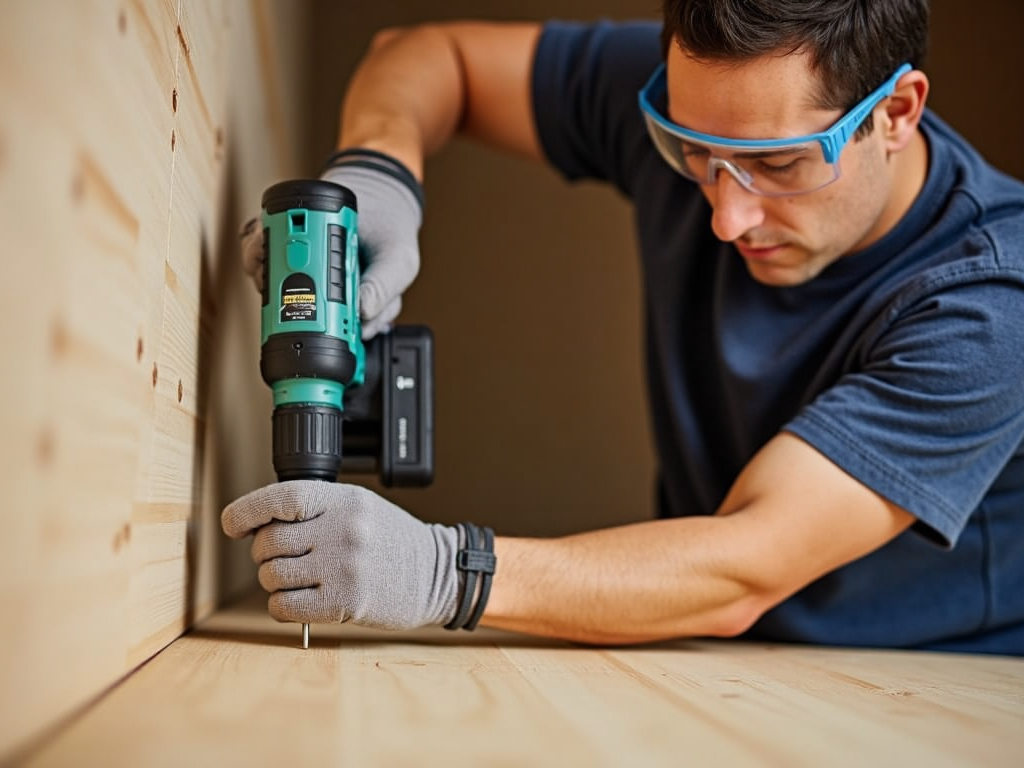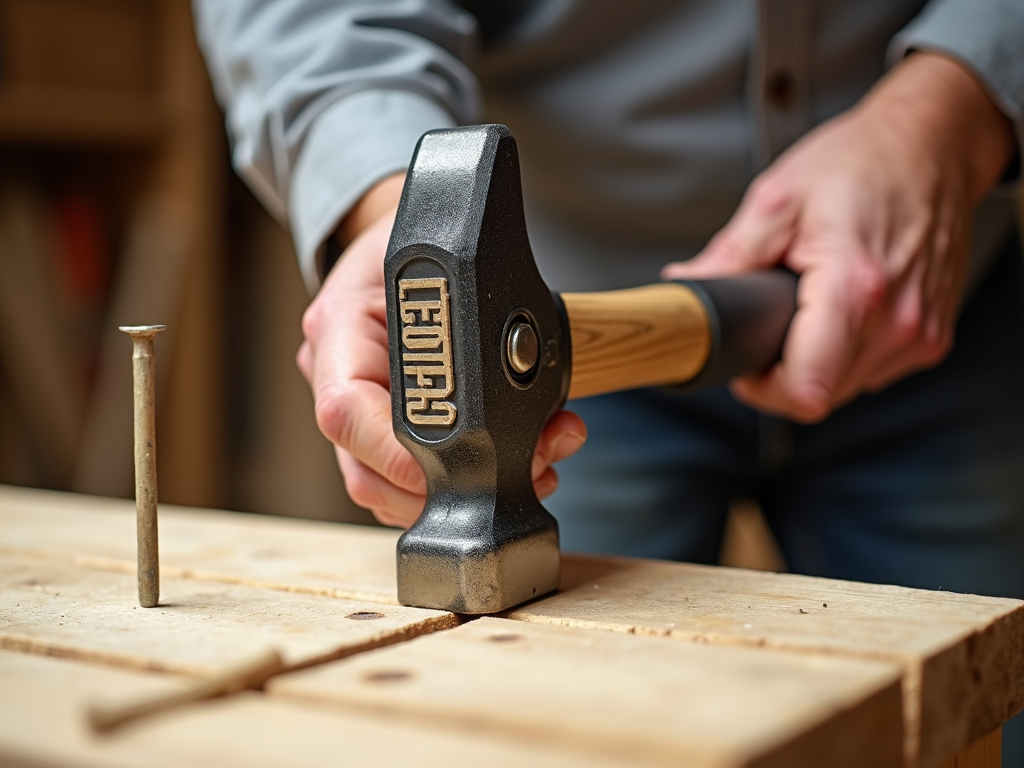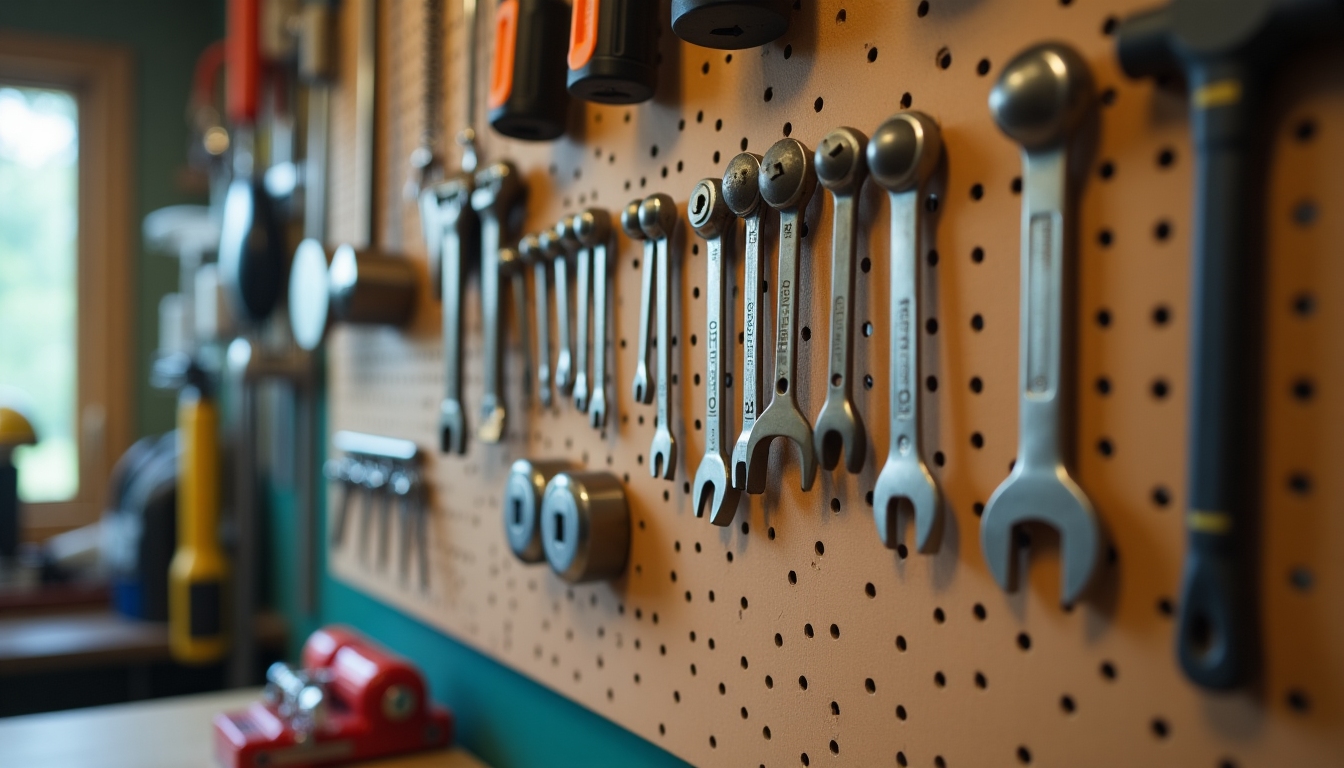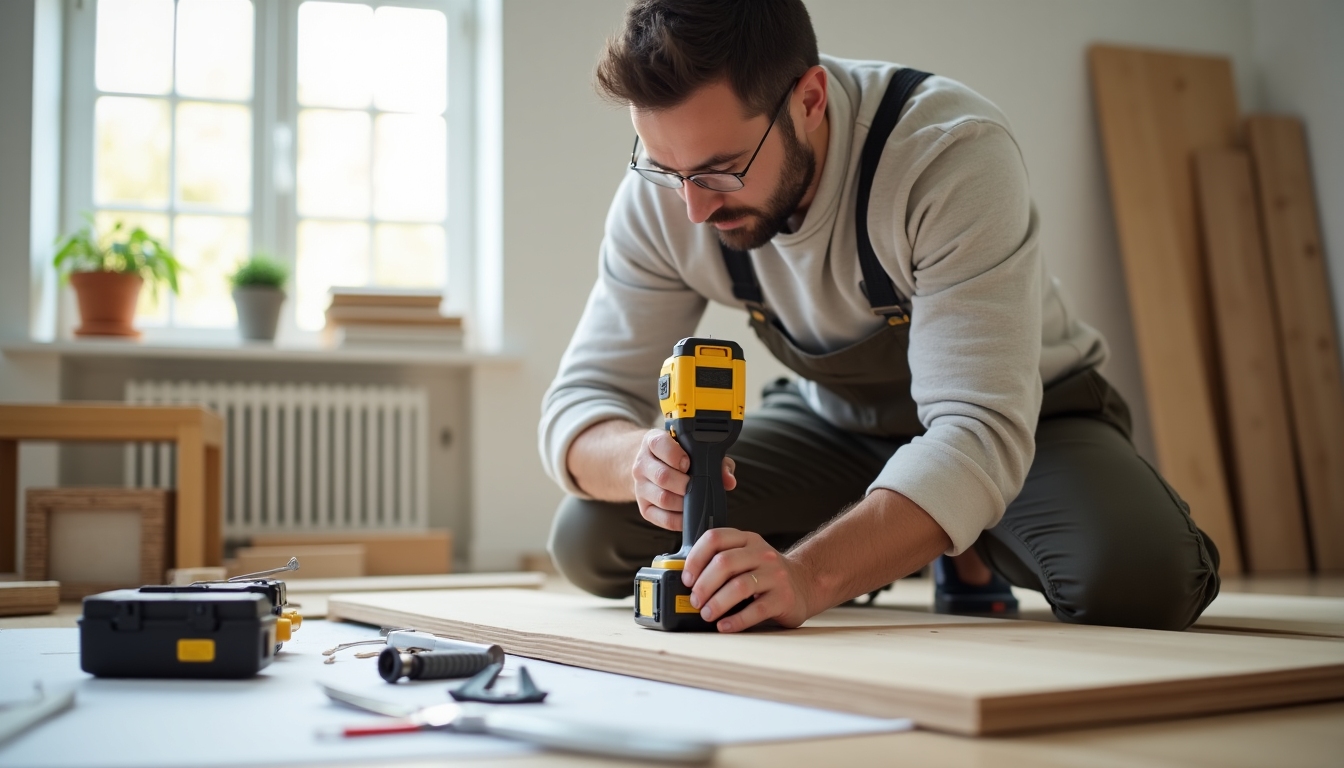Overview
Power drills with multiple attachments are game-changers for anyone who loves tackling projects. Whether you're a DIY enthusiast or a professional, these power tools save time and effort. This guide dives into their types, benefits, and how to use them safely and effectively.
Introduction
Power drills are must-have tools in any workshop. They drill holes, drive screws, and more. But add multiple attachments, and they become even more useful. Imagine sanding, cutting, or cleaning with the same tool! That’s the beauty of power drills with multiple attachments. I’ve used them for years, and they’ve made my projects smoother and faster. In this article, we’ll cover everything you need to know to get the most out of these versatile power tools.
Types of Attachments
Power drills can handle a variety of attachments. Each one has a specific job, making your drill a multi-tasking champion. Here’s a rundown of the most common ones:
- Drill Bits: Perfect for making holes in wood, metal, or plastic. They come in all sizes, so you can pick the right one for your project.
- Screwdriver Bits: These make driving screws a breeze. You’ll find types like Phillips or flathead to match your screws.
- Sanding Attachments: Great for smoothing surfaces or stripping paint. I’ve used these to refinish old furniture—it’s a lifesaver.
- Wire Brushes: These clean rust or grime off metal. They’re handy for prepping surfaces before painting.
- Hole Saws: Need a big hole for a doorknob or pipe? This attachment cuts through wood or metal easily.
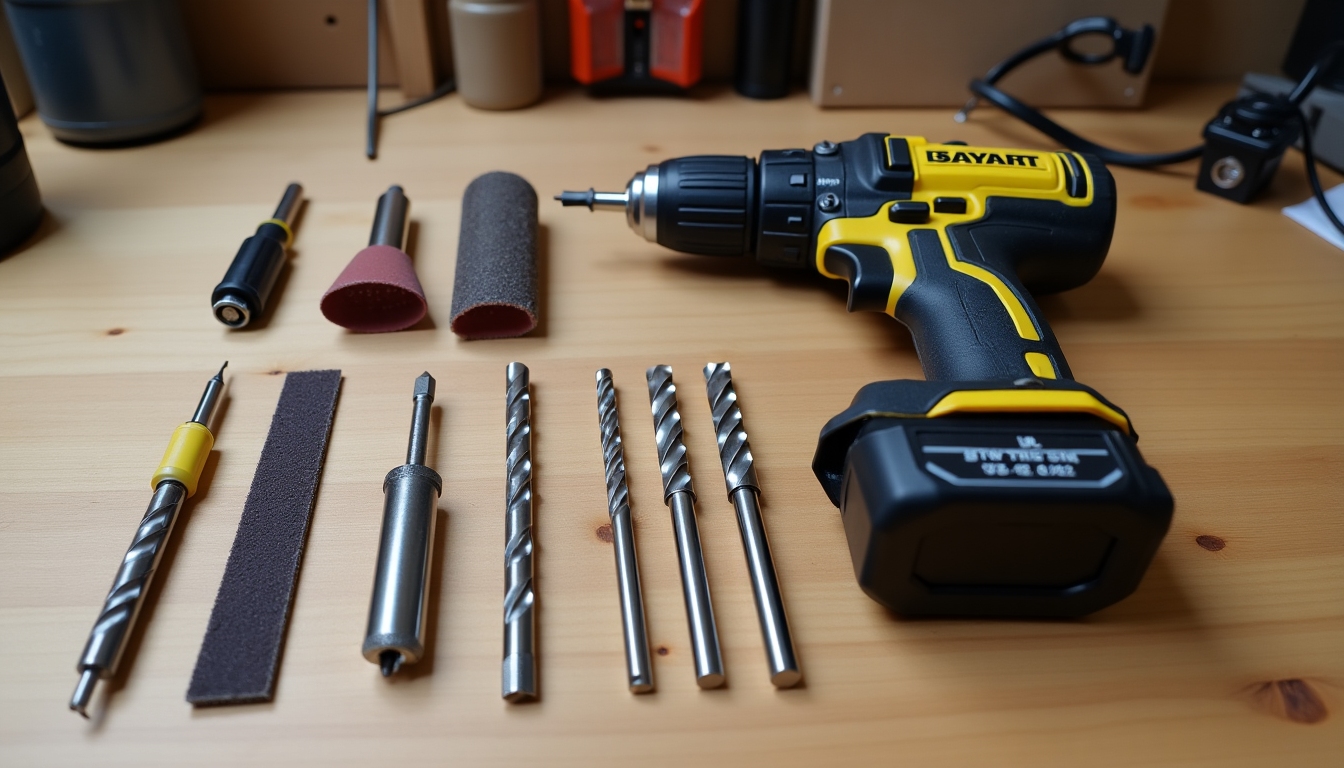
Benefits of Using Power Drills with Multiple Attachments
Why choose power drills with multiple attachments? Here’s what I’ve learned from using them:
- Versatility: One tool does it all—drilling, sanding, driving. It’s like having a whole toolbox in your hand.
- Efficiency: Switching attachments takes seconds. I once finished a shelving project in half the time by not fumbling with different tools.
- Cost-Effectiveness: No need to buy separate tools for every task. You save money in the long run.
- Space-Saving: My small garage thanks me. One drill with attachments takes up way less room than a pile of tools.
How to Choose the Right Power Drill and Attachments
Picking the right power drill and attachments can feel overwhelming, but it doesn’t have to be. Here’s what to think about:
- Power Source: Corded drills pack more punch for tough jobs. Cordless ones, like my 18-volt favorite, give you freedom to move around.
- Power Output: Check the volts (cordless) or amps (corded). More power means it can handle harder materials.
- Chuck Size: This is the part that holds the attachment. A 1/2-inch chuck fits bigger bits, while 3/8-inch is standard for most home tasks.
- Brand Reputation: Stick with trusted names like DeWalt or Bosch. I’ve had a Makita for years, and it’s never let me down.
Make sure your attachments match your drill’s chuck size. A quick tip: keep a small set of basics—like drill bits and screwdriver bits—to start.
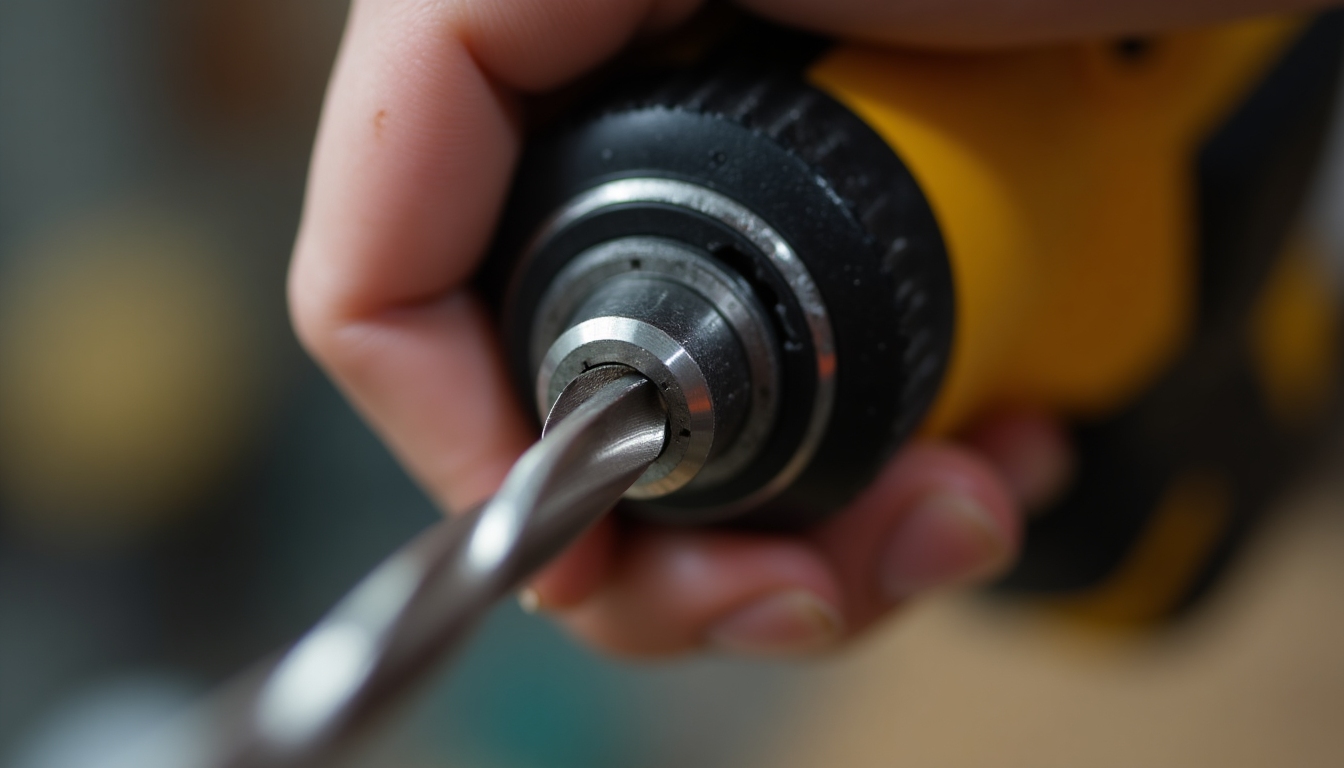
Safety Tips
Power tools are awesome, but safety comes first. Here’s what I always do:
| Tip | Why It Matters |
|---|---|
| Wear goggles | Keeps dust and debris out of your eyes |
| Use gloves | Protects your hands from sharp bits |
| Clear the area | No tripping over cords or clutter |
| Match the attachment | Wrong one can break or ruin your work |
| Unplug when swapping | Avoids accidental starts |
Once, I skipped goggles and got sawdust in my eye—lesson learned! Take a minute to secure your workpiece with clamps too. It’s worth it.
Maintenance and Care
Want your power drill to last? Take care of it. Here’s my routine:
- Clean It: Wipe off dust and grime after every use. A quick brush keeps it running smooth.
- Store Smart: Keep it in a dry spot. I use a toolbox to avoid moisture damage.
- Check Wear: Look at bits and the chuck for damage. Replace anything worn out.
- Lubricate: A drop of oil on moving parts now and then keeps it humming.
I neglected cleaning once, and my drill started jamming. Five minutes of care saves headaches later.
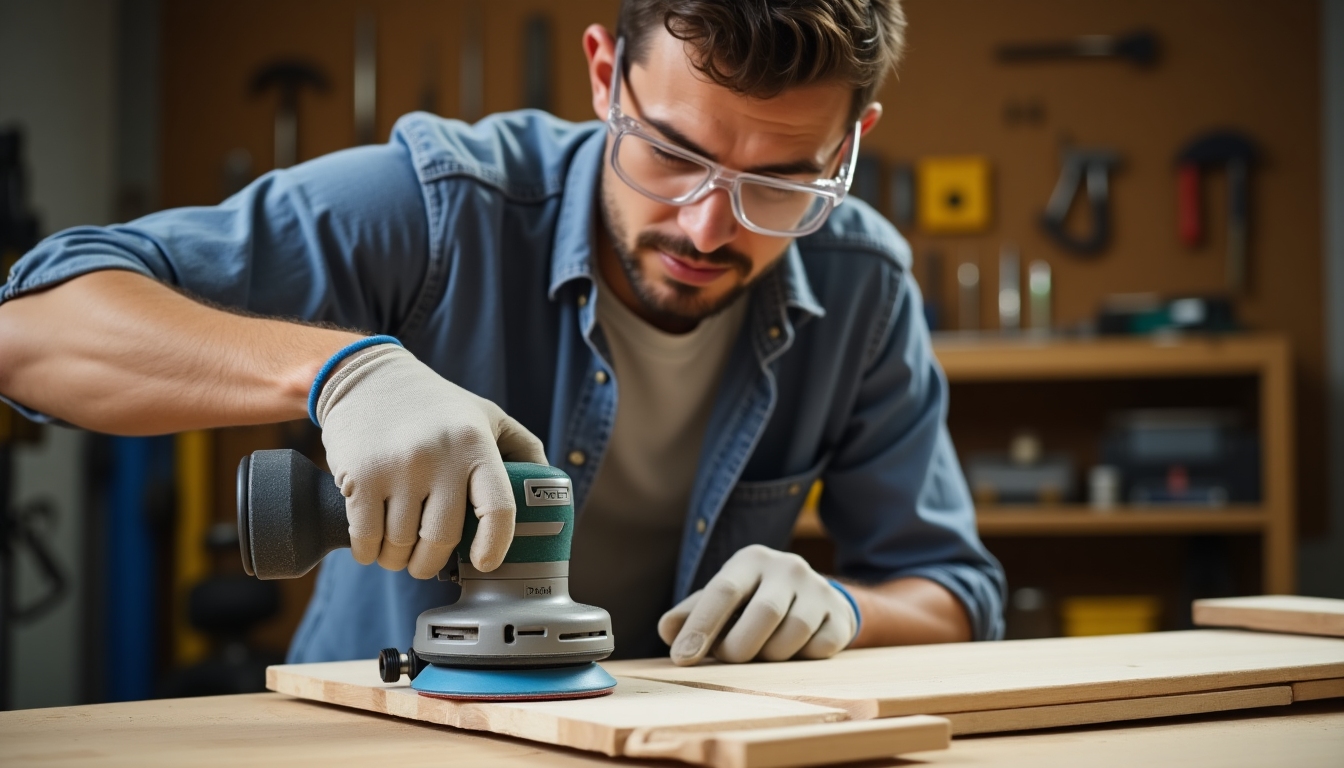
Real-World Uses
I’ve seen power drills with multiple attachments shine in all sorts of projects. Building a deck? Drill holes for bolts, then drive screws with the same tool. Restoring an old chair? Sand it down and clean rusty bolts in one go. A friend even used a hole saw to install a pet door! These tools adapt to whatever you throw at them, making every job easier.
Expert Insights
After years of using power tools, I can say this: invest in quality. A cheap drill might save you cash now, but it’ll cost you time and frustration later. Also, don’t skimp on attachments—good ones make a huge difference. For more on picking durable tools, check out Consumer Reports’ tool reviews. They’ve got solid advice backed by testing.
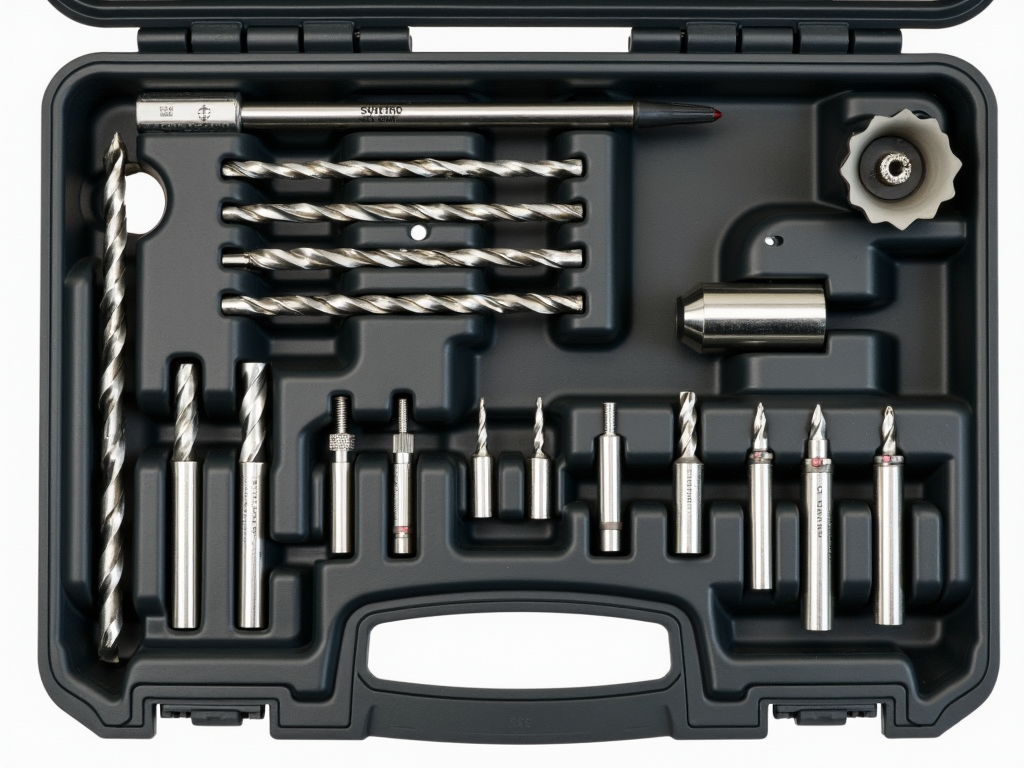
Conclusion
Power drills with multiple attachments are a DIYer’s dream. They’re versatile, efficient, and easy to use once you know the basics. From drilling to sanding, they handle it all—if you treat them right. Pick a solid drill, use the right attachments, stay safe, and keep it maintained. You’ll wonder how you ever managed without one.
Want to dig deeper? See the recommended readings below for more tips and ideas.
Related power drills with multiple attachments:
- Corded vs. Cordless Drills: Which Is Right for You?
- Top Tips for Cleaning and Storing Workwear: A Comprehensive Guide
- Top 10 Must-Have DIY Car Maintenance Tools for Every Car Owner
- Beginner’s Guide to Fixing Common Plumbing Issues
- Power Washer Troubleshooting and Repair: A Comprehensive Guide
- How to Balance Work and Life in the Trades
- The Ultimate Guide to Hand Tools
- How to Choose the Best Power Tools for Your Needs
- Ergonomic Hand Tools for Reduced Strain: A Comprehensive Guide
- Organizing Your Workshop: Maximizing Space and Efficiency
- Choosing the Best Power Tools for Home Projects: A Comprehensive Guide
- Advanced Safety Techniques for Experienced Metalworkers
